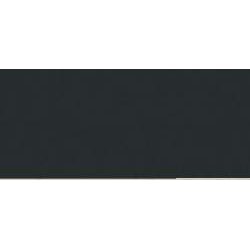This very much depends on the project you are working on. For painting the base coat I would say no it is not...
No products
Product successfully added to your shopping cart
There are 0 items in your cart. There is 1 item in your cart.
Search Tips
Christmas and New Year
We are dispatching orders every weekday apart from Christmas Day, Boxing Day and New Year's Day.
If you order is time critical, select next day delivery at checkout.
The shop in Sandown is closed from 25th December, reopening on 30th December.
What is meant by the term 'Pre-shading' and where would I typically use it?
Pre-shading is a technique used in scale modelling to create the illusion of depth and shadow on a model before applying the final paint layers. It involves painting the model with a darker shade of the final colour in the areas that would naturally be in shadow, such as recessed panel lines, corners, and edges. This creates a subtle contrast between the lighter and darker areas, giving the model a more realistic appearance.
Pre-shading can be used on various types of models, including aircraft, ships, tanks and cars. It is particularly effective on models with a lot of surface detail, as it helps to bring out the details and make them more visible. However, it is important to use pre-shading sparingly and not overdo it, as this can result in a model that looks too dark and unrealistic.
To achieve the best results with pre-shading, it is important to use thin layers of paint and to blend the colours together smoothly. This can be done using an airbrush or a paintbrush, depending on personal preference and the size of the model.
In summary, pre-shading is a technique used in scale modelling to create the illusion of depth and shadow on a model before applying the final paint layers. It is particularly effective on models with a lot of surface detail and can be highly effective at highlighting recessed details around panel lines. It should always be used sparingly to avoid an overly dark and unrealistic appearance.
Click here to receive the tips weekly in your mailbox. You can unsubscribe at any time.








